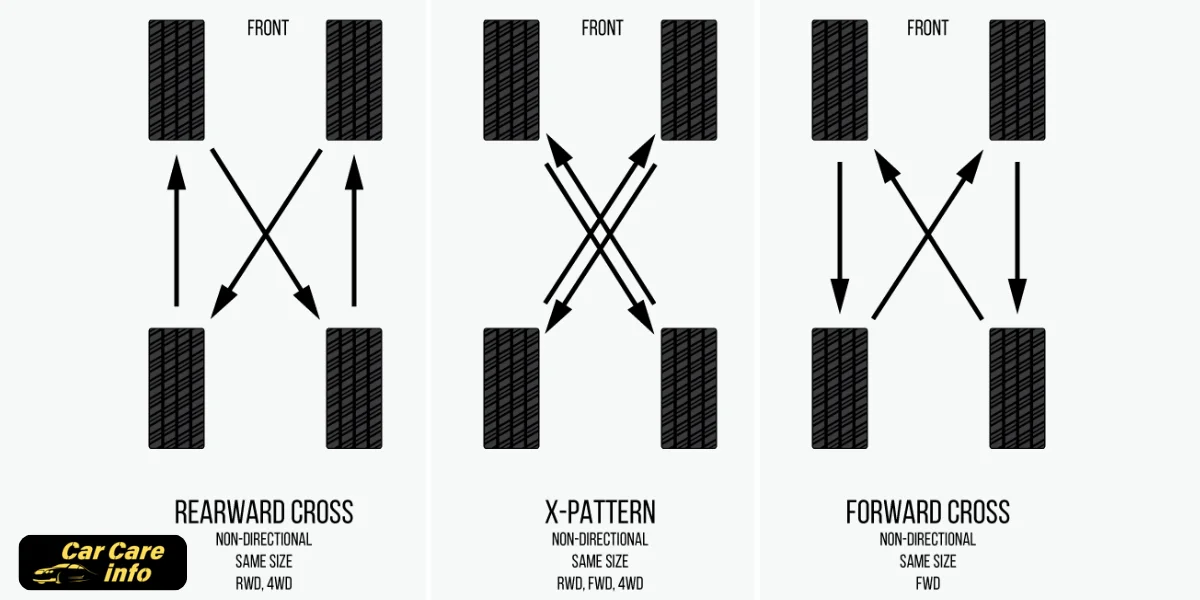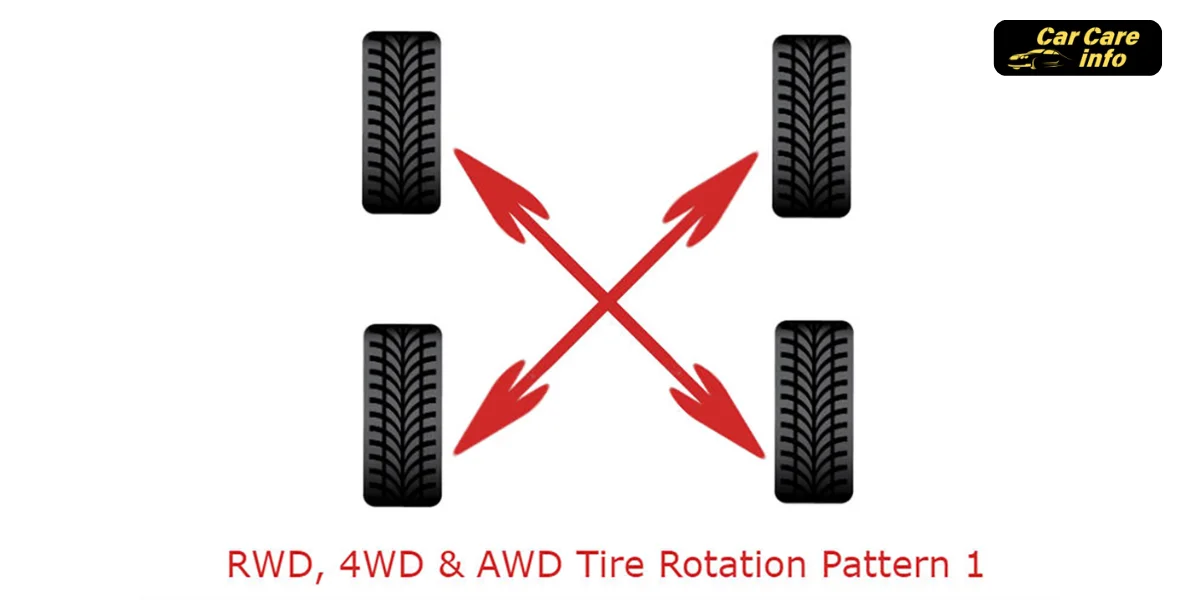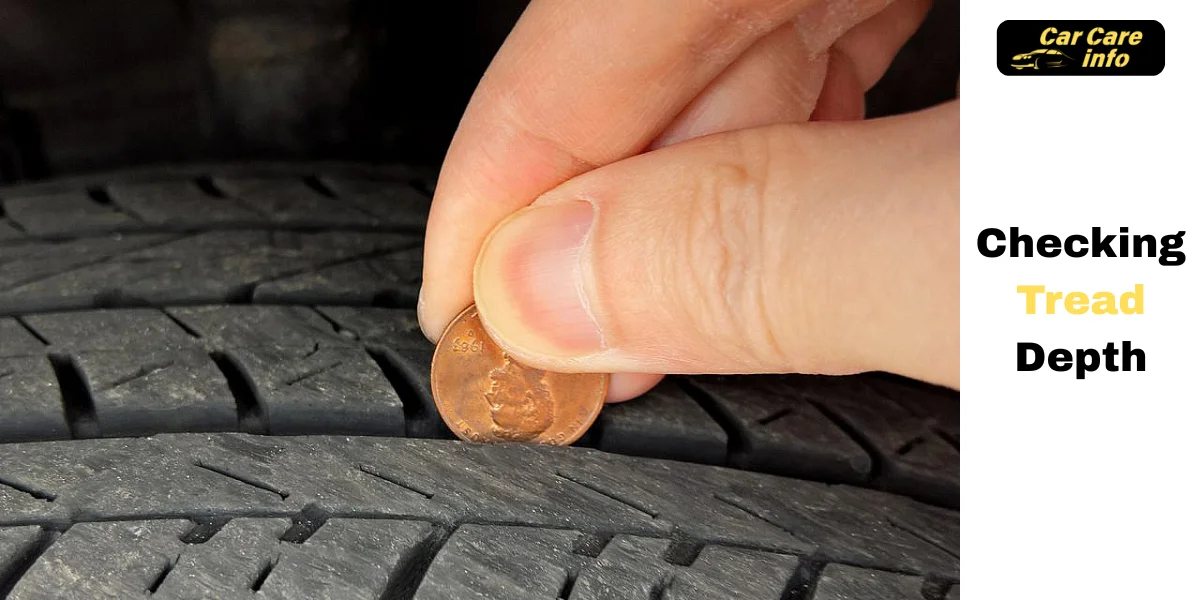Tire rotation isn’t just a maintenance suggestion, it’s a critical part of preserving vehicle safety, handling, and tire longevity. Yet it remains one of the most commonly neglected services among U.S. drivers.
Failing to rotate tires at regular intervals can lead to uneven wear, poor traction, increased braking distance, and even suspension damage. Over time, the cost of skipping rotations adds up, not just in dollars, but in driving safety.
This guide explores exactly what happens when tire rotation is ignored, how uneven wear forms, and what drivers can do to prevent serious and costly issues down the road.
How Tires Wear Without Rotation
Without rotation, tires wear out at different rates depending on their position on the vehicle. This is influenced by several mechanical and driving dynamics:
Common Causes of Uneven Tire Wear:
- Weight distribution: Front tires on most vehicles carry more weight, especially in front-wheel-drive cars.
- Turning stress: Cornering and steering stress the extreme edges of tires differently.
- Acceleration and braking: Frequent starts and stops apply additional torque to the front axle.
- Suspension alignment: Even minor alignment issues can exaggerate wear when not corrected with rotation.
Over time, certain tires, typically the front, wear out significantly faster than others. In vehicles with all-wheel-drive (AWD) or four-wheel-drive (4WD), mismatched tire tread depth can even damage the drivetrain, which relies on even tire rotation speeds across all four wheels.
Consequences of Skipping Tire Rotation
Failure to rotate tires regularly can lead to the following outcomes:
1. Premature Tire Replacement
Tires that aren’t rotated wear unevenly, which drastically shortens their lifespan. Replacing a pair rather than a full set can also create traction imbalances, affecting safety and stability.
- Typical tire lifespan with rotation: 50,000–60,000 miles
- Without rotation: Often reduced by 20–30%
2. Reduced Traction and Control
Uneven tread reduces the contact patch of certain tires, particularly during wet or slippery conditions. This can expand braking distance, diminish cornering grip, and elevate the chance of hydroplaning.
3. Steering and Vibration Issues
Worn tires can create noticeable vibration in the steering wheel at higher speeds. Inconsistent tread depth between front and rear tires often causes the vehicle to pull to one side, leading to driver fatigue and discomfort.
4. Suspension and Drivetrain Stress
Uneven tire wear places extra strain on the suspension system, wheel bearings, and drivetrain, especially in AWD systems that depend on uniform tire circumference.
AWD manufacturers like Subaru and Audi even warn that failure to rotate tires can void warranty coverage if drivetrain damage occurs due to tread variation.
Recommended Tire Rotation Intervals
Most manufacturers recommend rotating tires every 5,000 to 7,500 miles, relying on driving requirements and drivetrain type. This often aligns with oil changes, making it easy to bundle services.
Rotation Timing by Drivetrain:
Drivetrain | Recommended Rotation Interval | Notes |
FWD | 5,000–7,000 miles | Front tires wear fastest |
RWD | 6,000–8,000 miles | Even wear more likely |
AWD/4WD | 4,000–6,000 miles | Tread match is critical |
Always refer to the vehicle’s owner manual for manufacturer-specific guidance.
Also Read: How Much Is A Tire Rotation At Meineke?
Rotation Patterns: What Shops Use (and Why)

Tire rotation isn’t as simple as moving the front tires to the back. Different vehicles require different patterns:
Standard Rotation Patterns:
- Front-Wheel Drive: Front tires move to the rear; rear tires cross to the front
- Rear-Wheel Drive: Rear tires move forward; front tires cross to the rear
- All-Wheel Drive / 4WD: X-pattern or four-tire cross rotation for even wear

Vehicles with staggered tire sizes (different front and rear widths) or directional tires require specialized patterns or tire dismounting.
How Uneven Wear Looks in the Real World
Visual tire inspection can often reveal whether tires are overdue for rotation.
Common Uneven Wear Patterns:
- Feathering: One edge of the tread is smooth, the other sharp, often due to alignment issues and lack of rotation
- Cupping: Scalloped dips around the tread, typically caused by suspension wear combined with poor rotation habits
- Center wear: Overinflation or high-speed driving without rotation
- Edge wear: Underinflation or aggressive cornering
These wear patterns not only compromise safety but are usually non-repairable, requiring full tire replacement.
Cost of Ignoring Tire Rotation
Let’s break down the financial impact:
Item | Cost (Estimate) |
Full tire replacement (set of 4) | $600–$1,200 |
Suspension repair (worn bushings, shocks) | $400–$1,500 |
Wheel alignment | $90–$180 |
AWD drivetrain repair (differential damage) | $1,200–$3,000 |
In contrast, tire rotation costs between $25 and $50, or is included free with some oil changes.
How to Stay Ahead of the Problem
Practical Maintenance Tips:
- Rotate tires at every oil change
- Check tire pressure monthly.
- Inspect the tread visually, and look for irregular wear.
- Use a tread depth gauge or the penny test to monitor tread life.
- Ask for alignment checks annually or after hitting a major pothole.

Tools That Help:
- Tire wear monitoring apps (e.g., Simply Auto, AUTOsist)
- Maintenance logs in glove box or digital planner
- Service reminders via smartphone or built-in vehicle app
Final Thoughts: Tire Rotation Is a Must, Not a Maybe
Tire rotation isn’t just a way to extend tire life, it’s a fundamental service that affects everything from handling to fuel economy to safety. Neglecting it leads to uneven tread, suspension strain, and expensive replacements that could have been prevented.
With most tire shops offering affordable or bundled rotation services, there’s little reason to skip it. Regular tire rotation saves money, improves safety, and helps ensure your vehicle drives the way it was engineered to.
FAQ's For What Happens If You Never Rotate Your Tires
They wear unevenly, leading to poor handling, reduced traction, suspension issues, and premature tire replacement.
Look for uneven wear, increased road noise, vibration at high speeds, or if it’s been more than 6,000 miles since the last rotation.
Yes. AWD systems require all tires to have similar tread depths. Mismatched tires can damage the drivetrain.
Yes, if you have proper equipment like a jack, jack stands, and a torque wrench. Follow manufacturer guidelines for the correct rotation pattern.
It’s recommended to place newer tires on the rear axle for better stability and still rotate them regularly to even out wear.
About The Author
Nikhil Sahu
Nikhil Sahu is an automotive expert with extensive industry experience who manages multiple blogs, including one focused on providing detailed guides and reviews, such as those on Carcareinfo. Nikhil aims to help car enthusiasts and everyday drivers make informed decisions about vehicle maintenance, products, and automotive technology.




